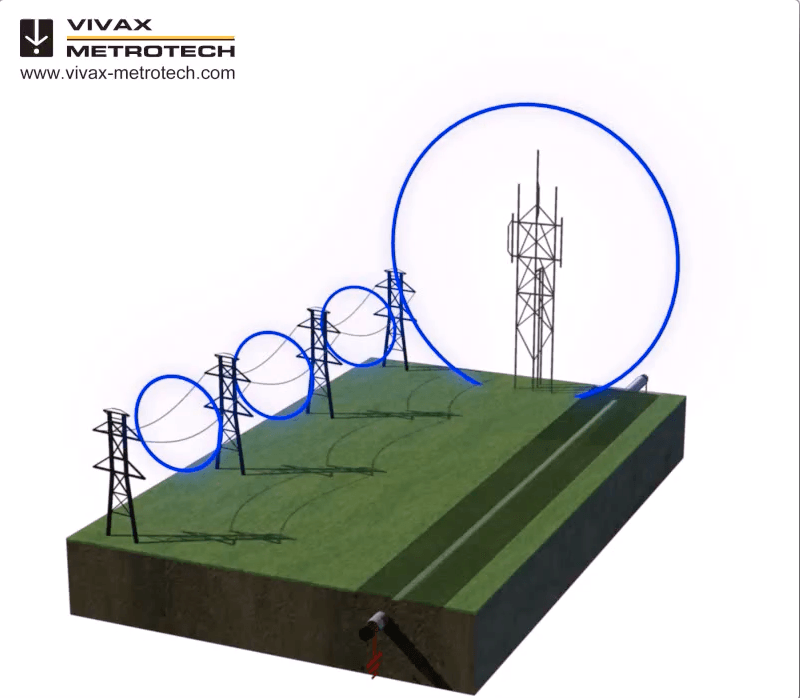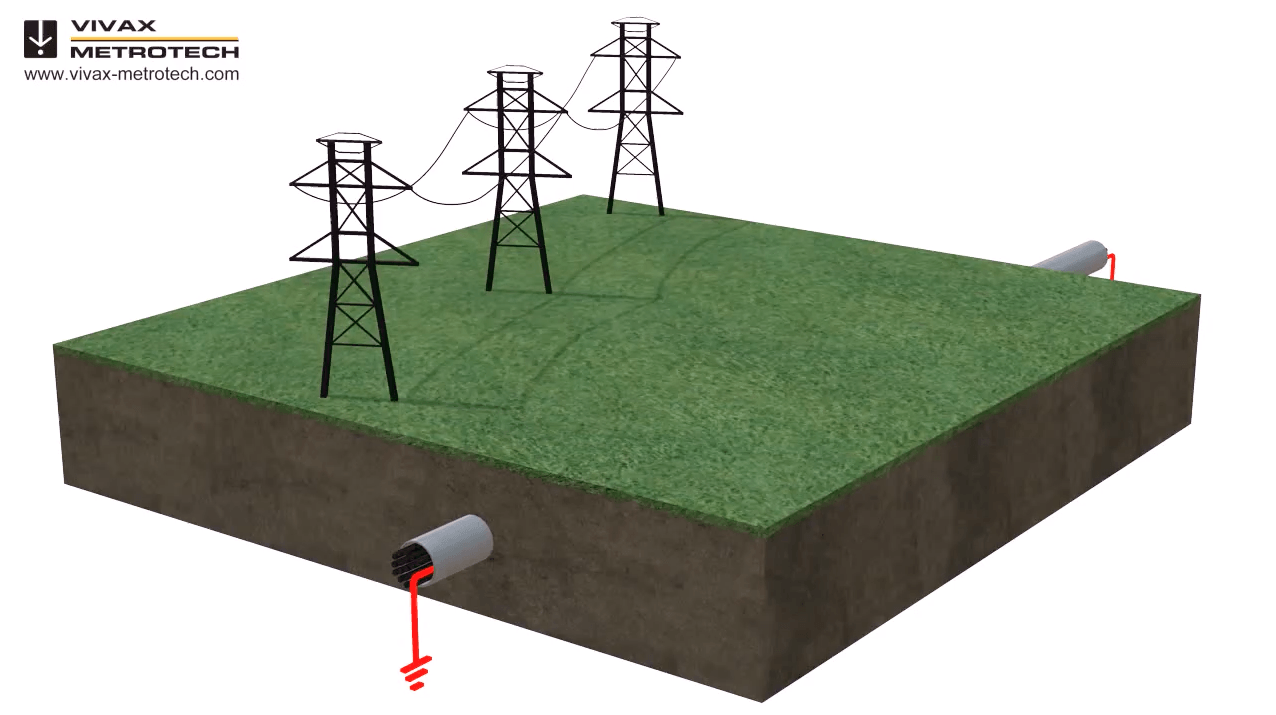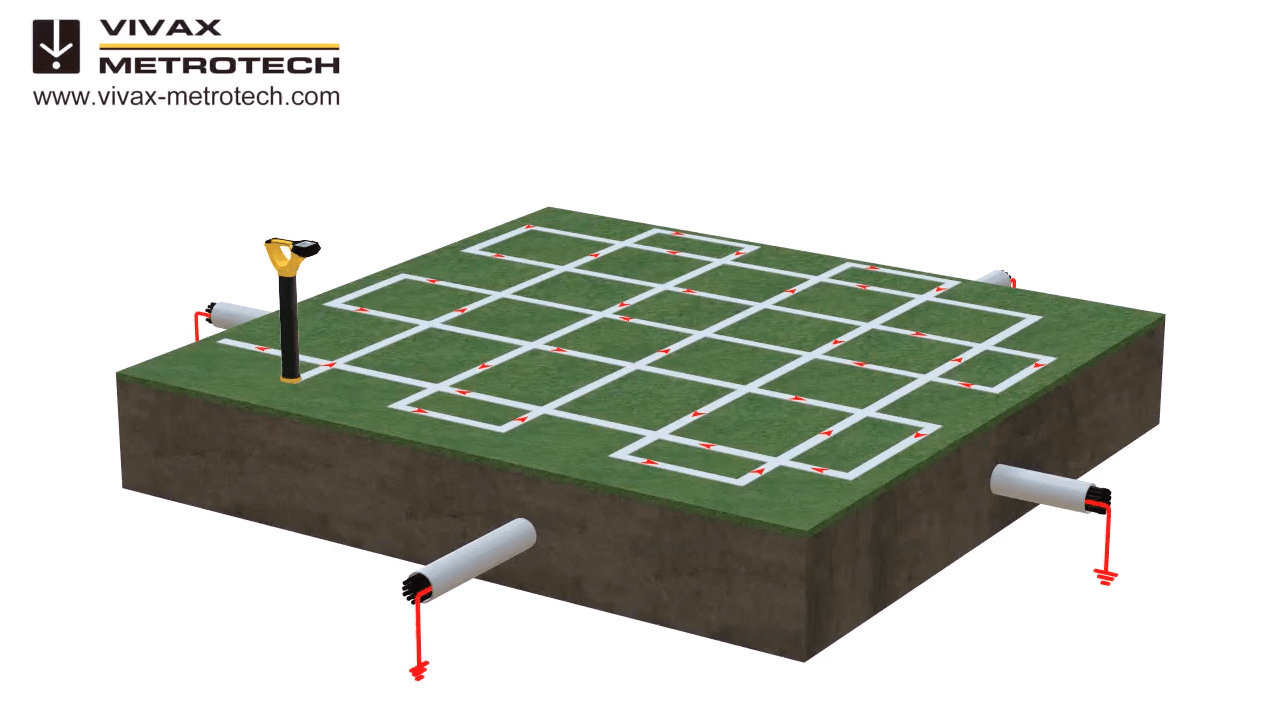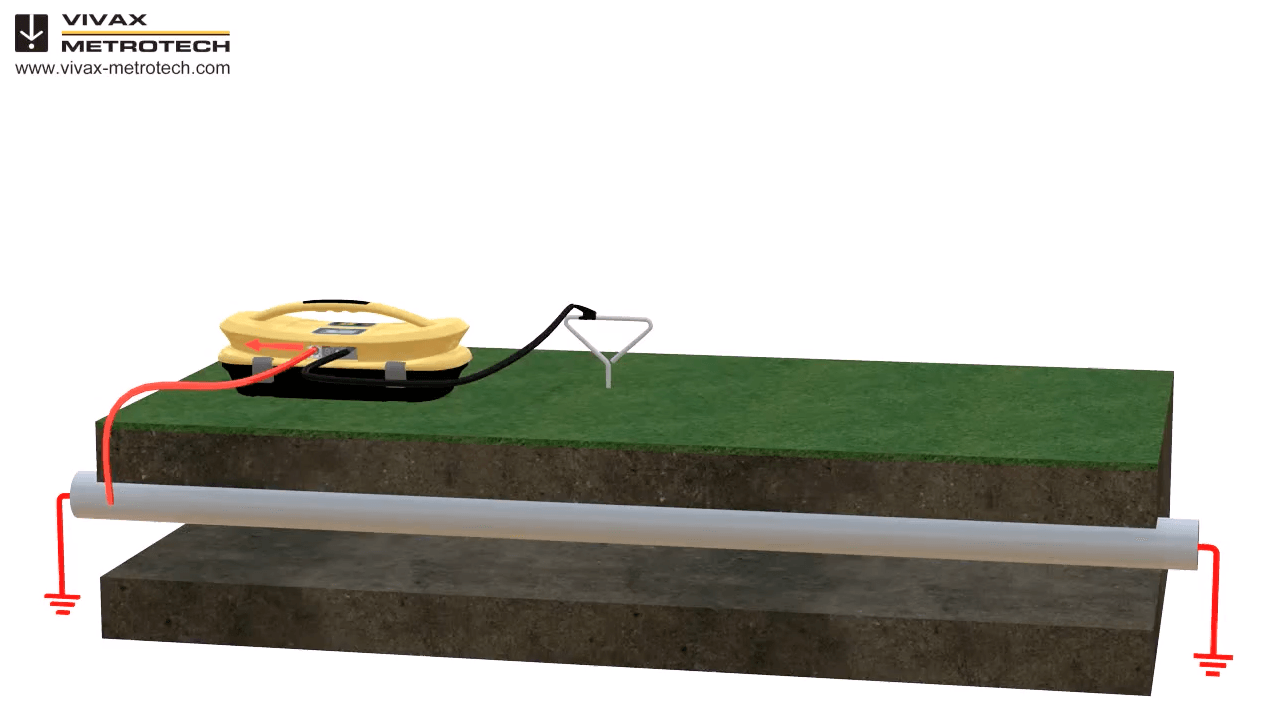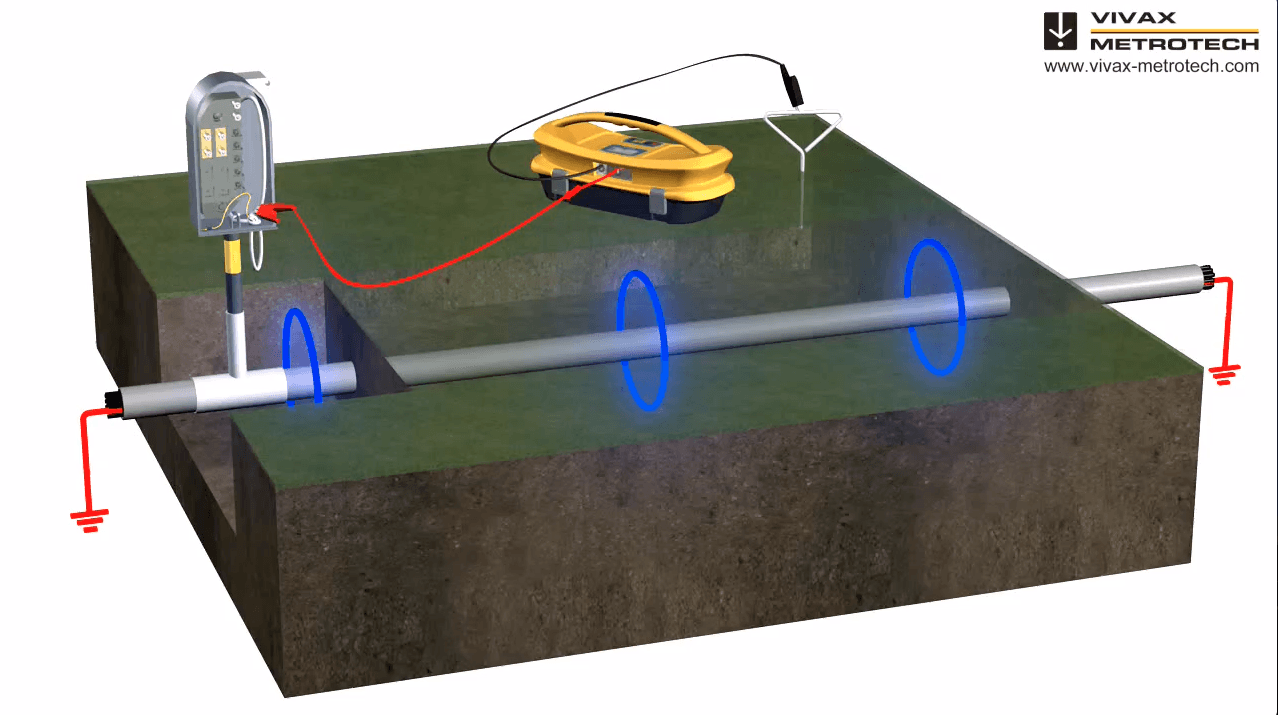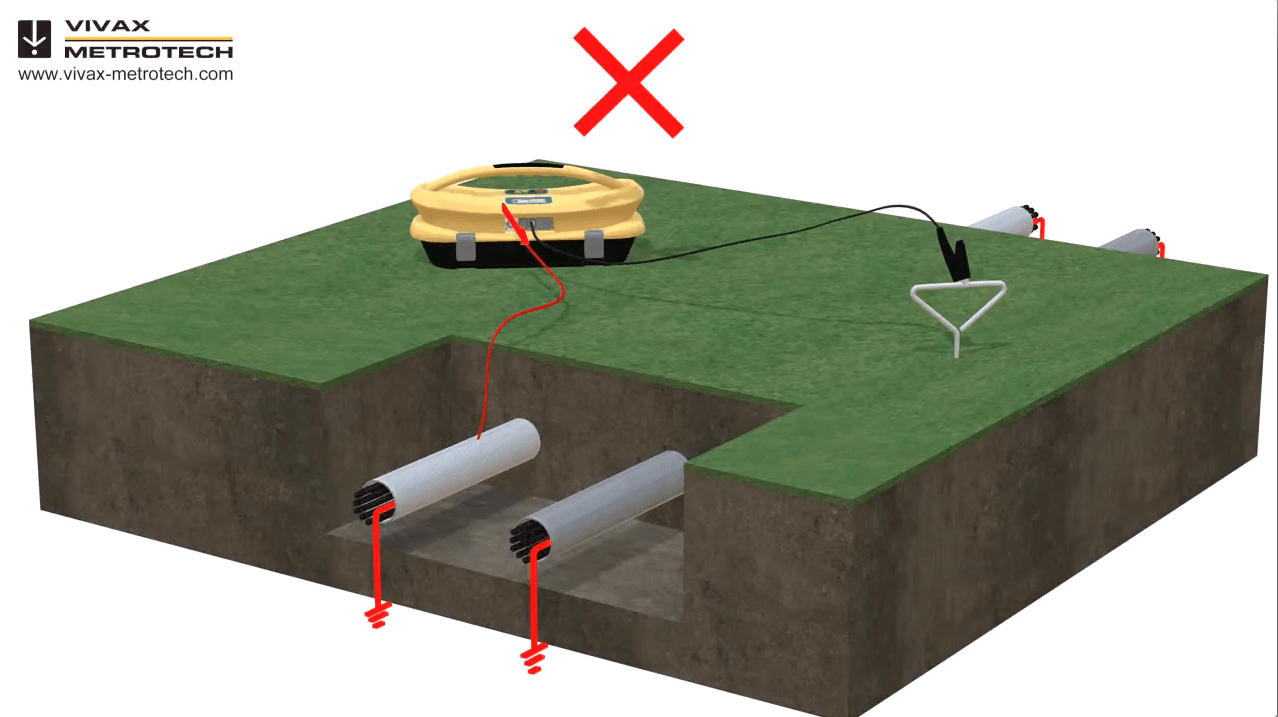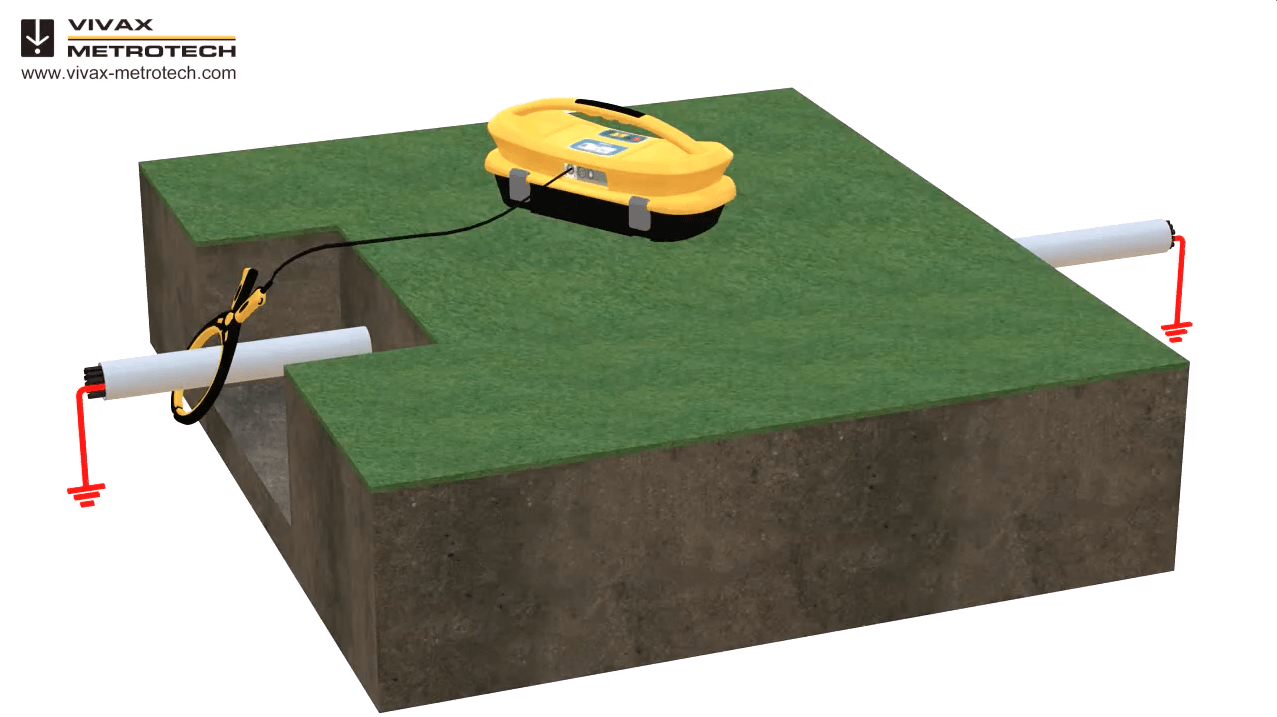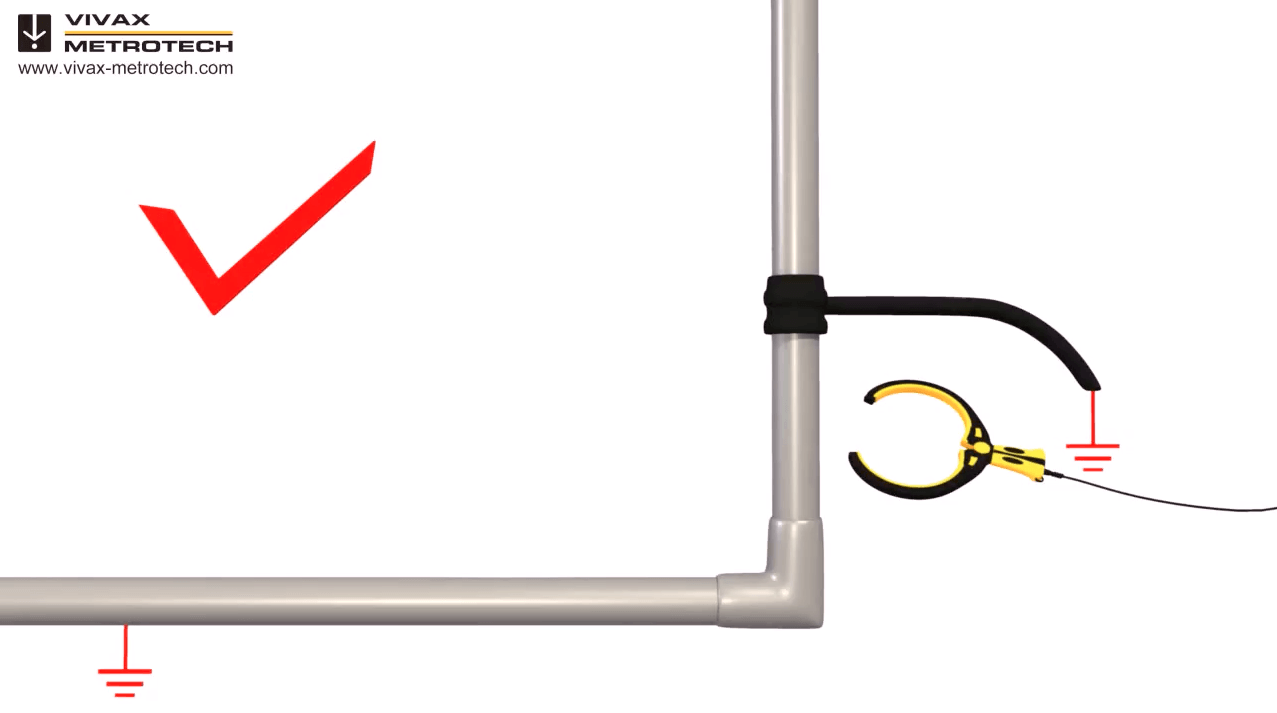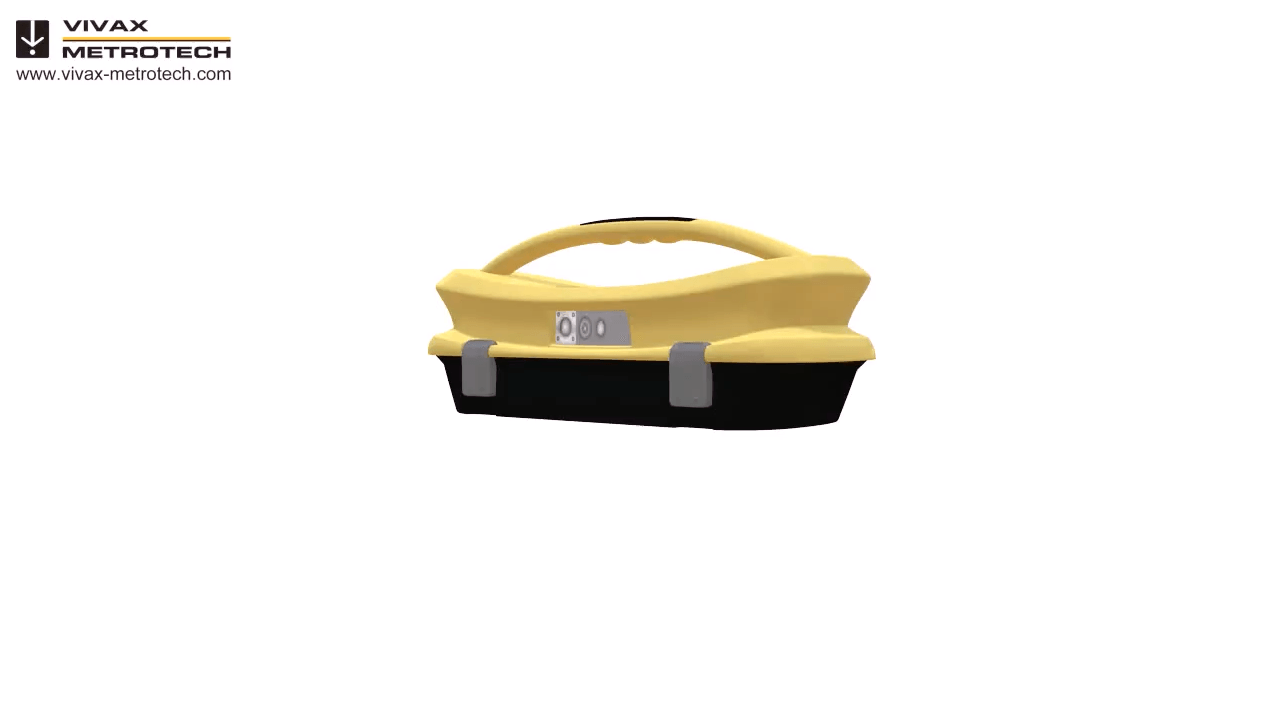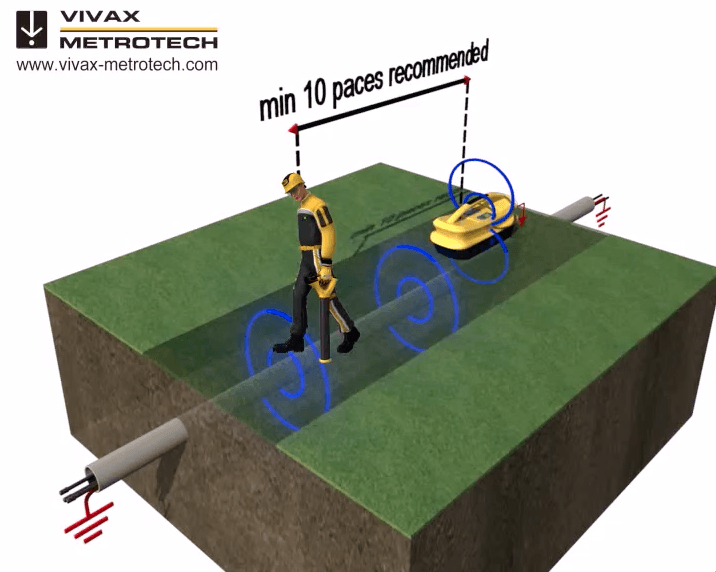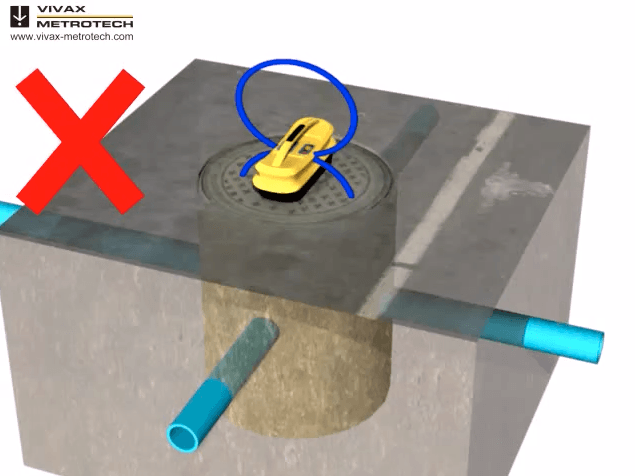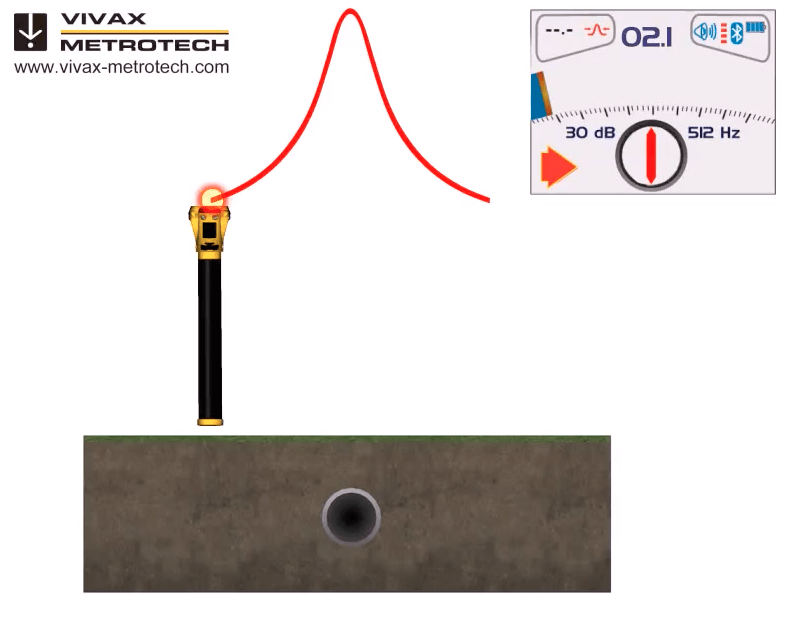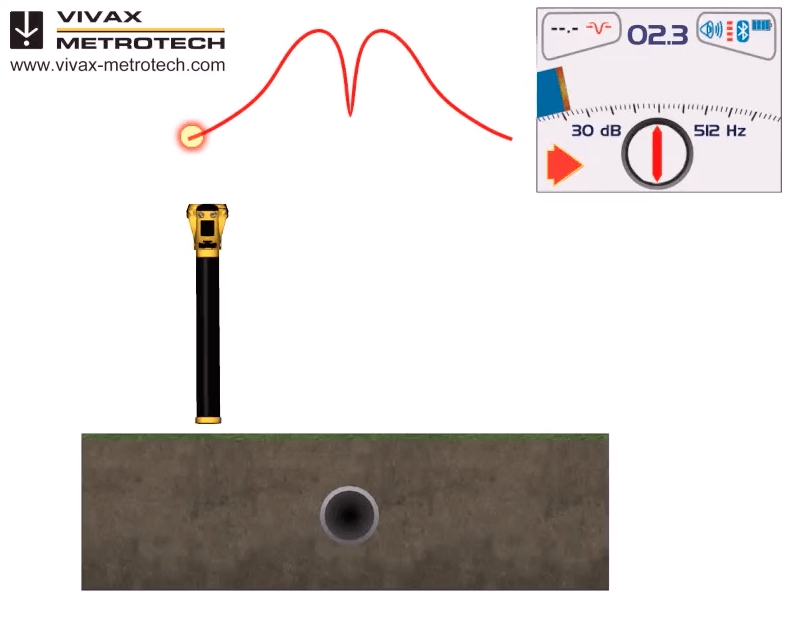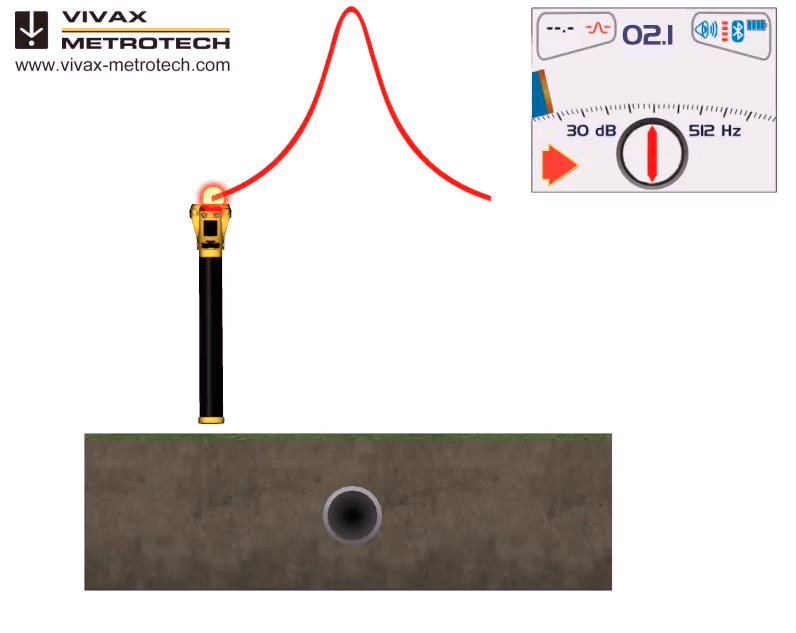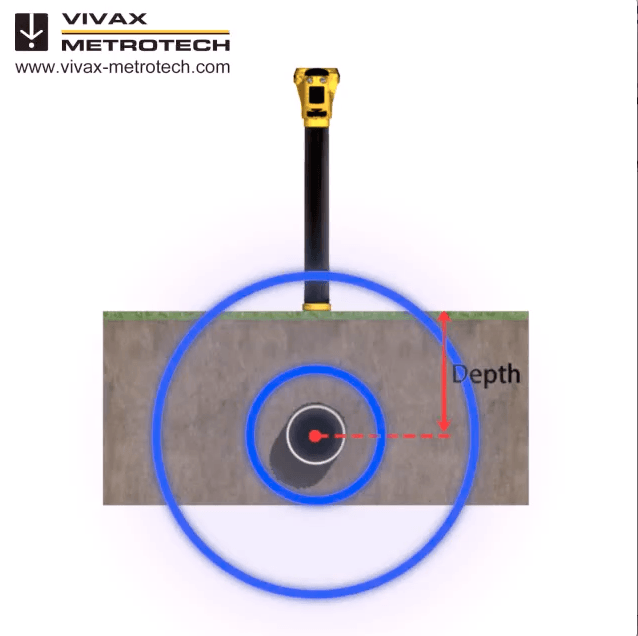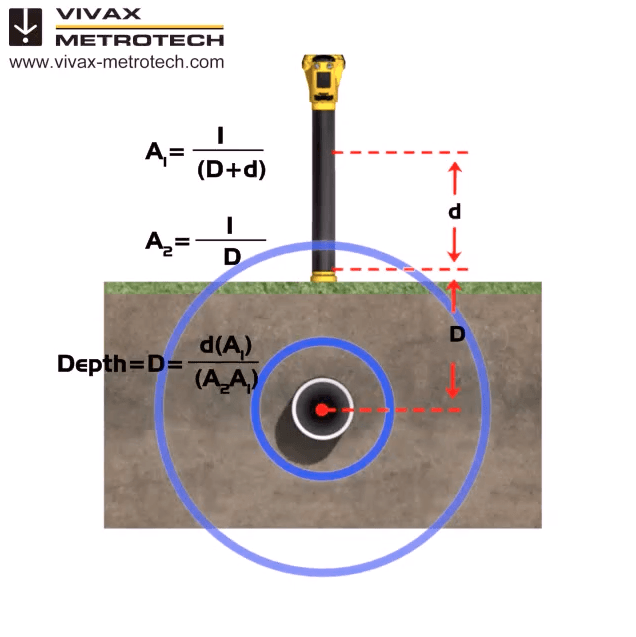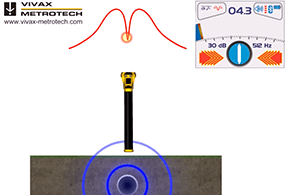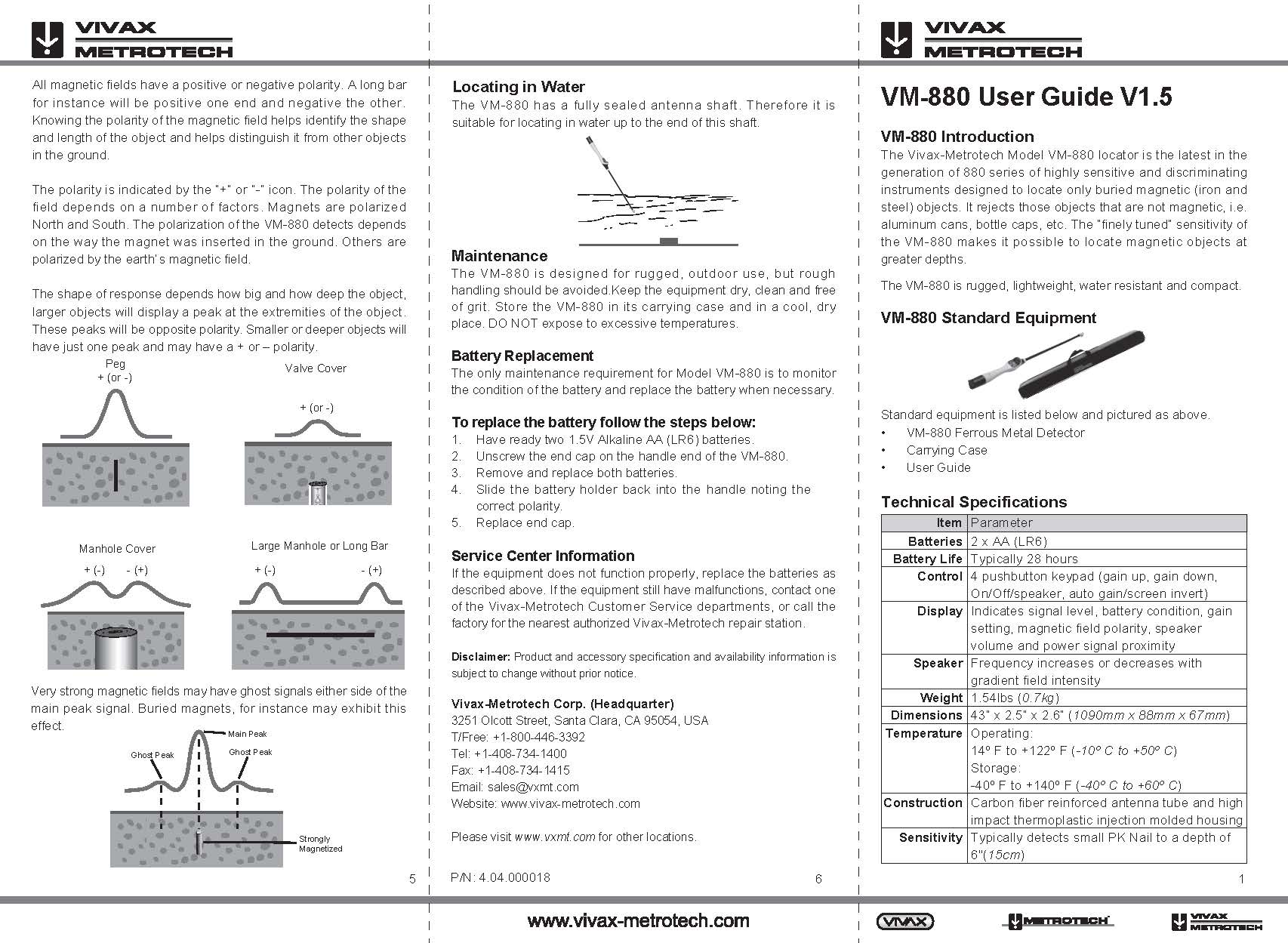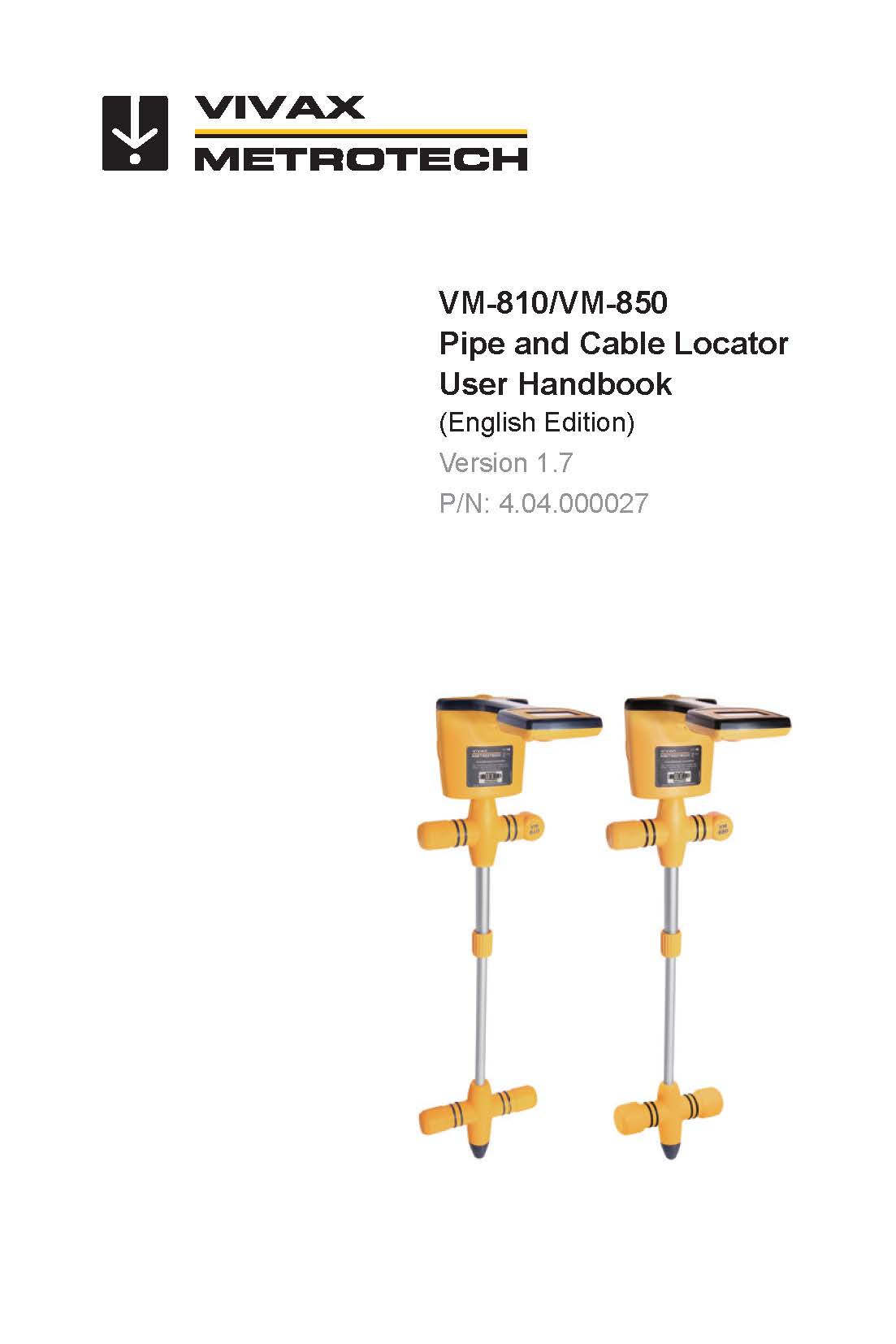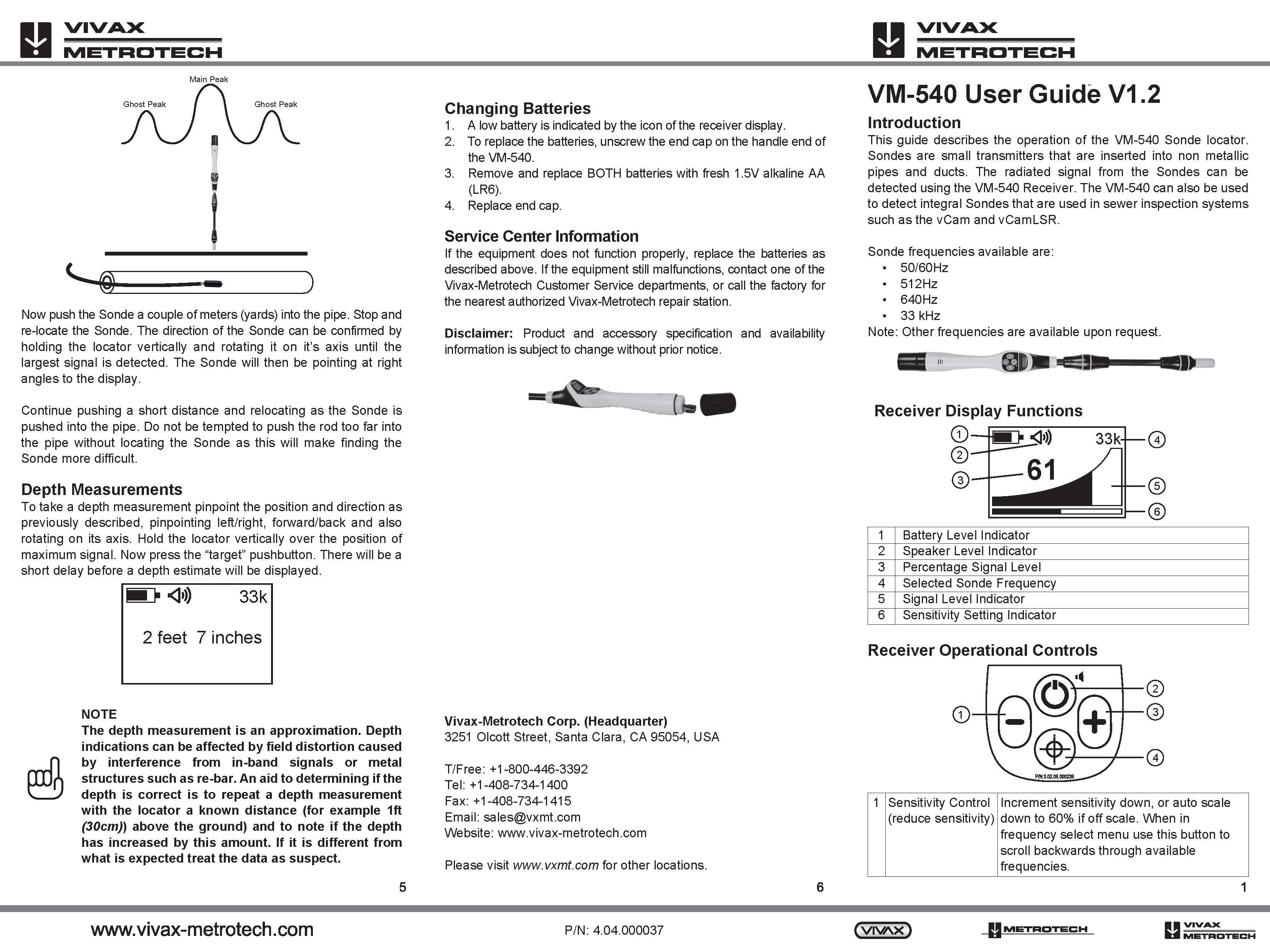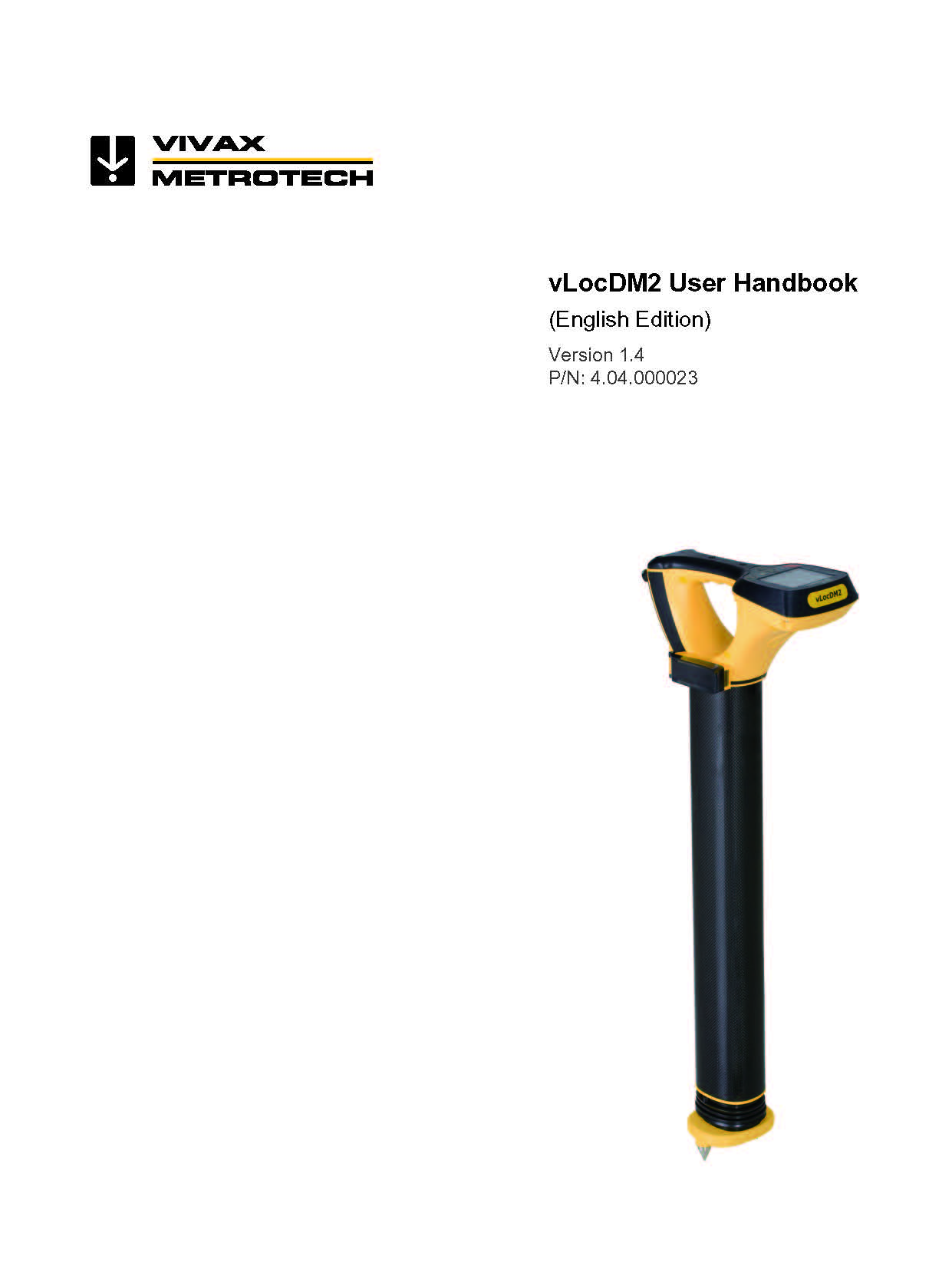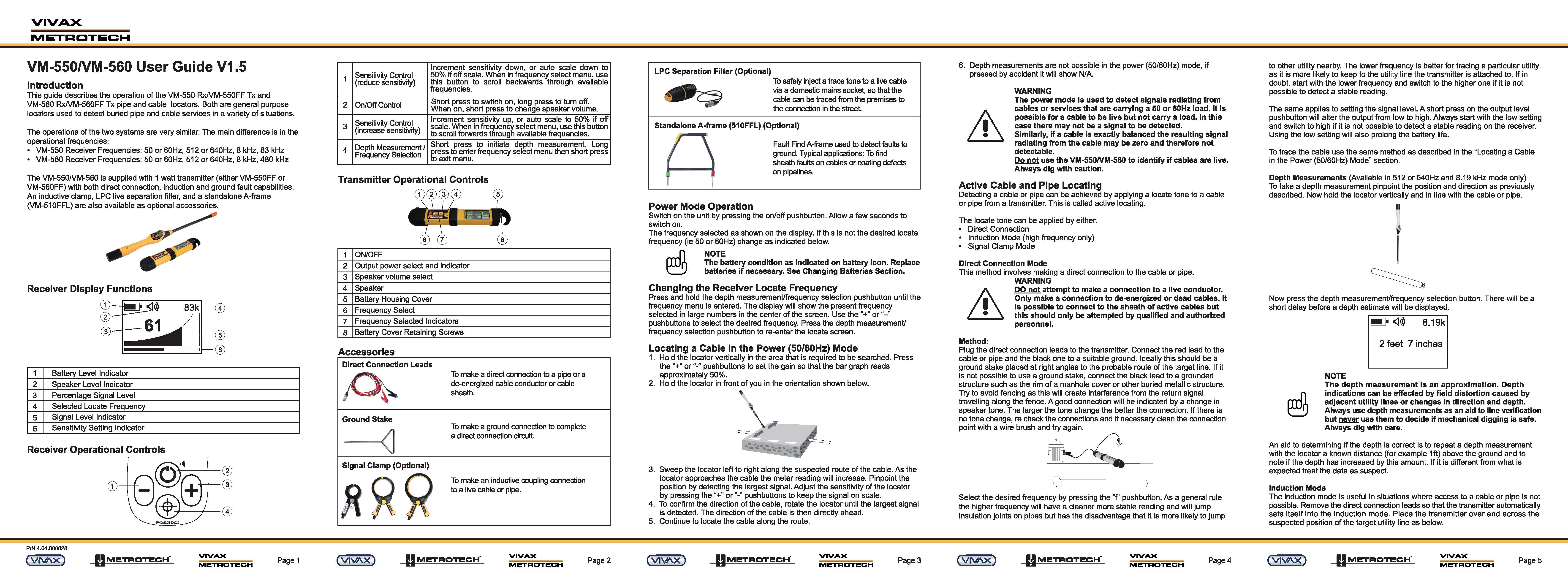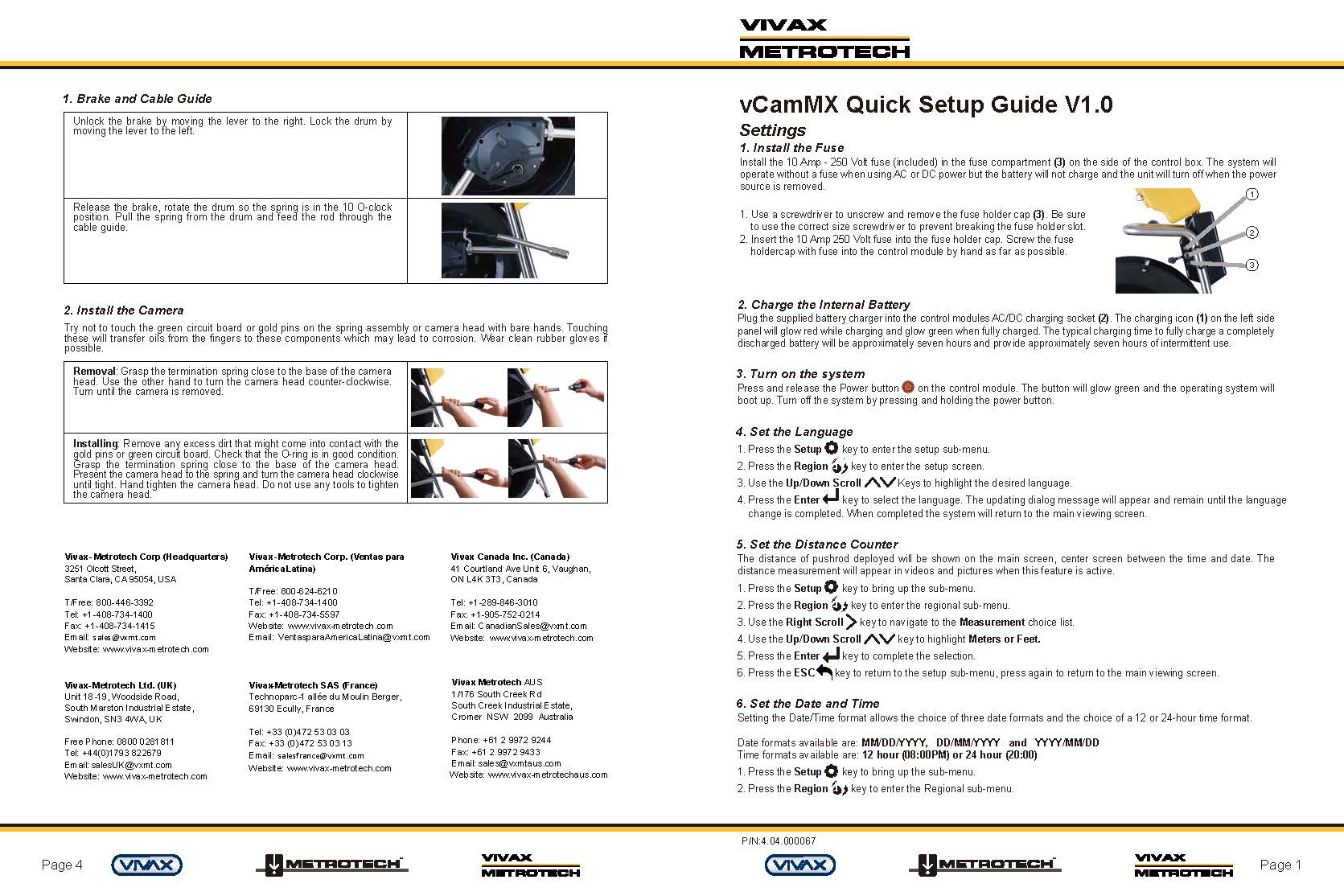Please Select Support Material Below
The below links will take you to short graphics aimed at assisting the operator in better understanding some of the situations, language or experiences that they will find when starting out as a utility locator. Please click on the links to download the videos, so you can view them at your convenience.
You use passive locating when carrying out a simple cable avoidance exercise. It is a quick and handy way to sweep an area.
There are 3 ways to send a signal on a conductor. In the links below we will show with short graphics how to set up. We will number these as follows:-
1. DIRECT CONNECTION
3. TRANSMITTER INDUCTION
Peak response is the most accurate of locating modes as it uses both horizontal antennas. You get a “Peak” signal response over the centre of the radiated signal from the buried line.
Broad Peak response only uses a single horizontal antenna, but, is extremely useful if a buried line is particularly deep. Such as approaching a river crossing.
Null uses the vertical antennas and provides a minimum or “Null” response over the centre of the radiated signal. Some users prefer the null response, but, it can be affected by distortion. However, the left/right arrows can assist with direction to move the receiver to locate the position of the buried service.
Peak with arrows response works the same way as Peak above in regards to the bar graph response. However, the arrows use the null antenna and can be affected in distorted fields. The arrows are very handy for training a new operator in guiding them back to field on the service. If the arrows appear to indicate a different position of the service to the peak response then this is a good indicator of a distorted field.
The vLoc Pro 2 has an ‘i’ button and by pushing this button you can measure depth and current. Please be aware that the depth is taken to the centre of the field so in the case of a 300mm pipe the depth measured is 150mm deeper than the top of the pipe.
Proving Vertical Distorted Signal
If you suspect that there may be a distorted signal and in particular a vertical distortion. i.e. a Telstra cable above a power cable, then if you follow the below guide you will be able to prove it.


